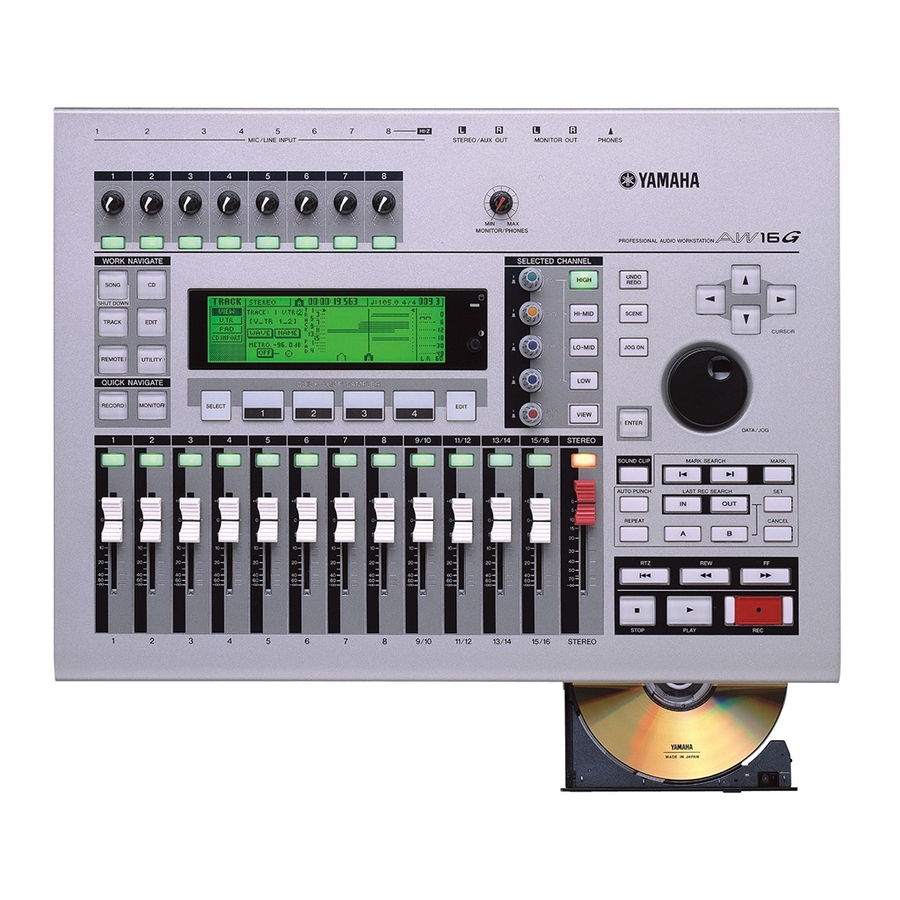Ah... but you're NOT using the computer if you're recording on the AW16G. Everything is right there. Sit the laptop next to your recorder and step through the menus. The AW16G is actually a fairly simple unit to do basic recording. It just means understanding the logical setup. then it's quick and easy to operate. There are several videos on Youtube that might be helpful.
The 16G doesn't have USB (probably it's biggest shortcoming}. Backups are best done with CD-RWs. I had some long practice sessions that I wanted to transfer to PC for editing and additional tracking. I had to move each track individually via CD as a wav file. I took 3 CD-RWs, copy one track, move that to the computer while another track was writing on the 16G, Rinse and Repeat until I got everything off.
For single tracks, that shouldn't be so much of an issue. In this case, it was about 1 1/2 hour practice session, so a single mono track was close to 500MB.
When the AW1600 came out, it had USB, so it was easy to transfer files to a computer for backup.
The AW16G also only had 20GB. Some time back I bought an IDE to SD card adapter. One of these days, I'll take out the hard drive and try to use an SD card, so I can increase storage and even have removable storage.
Unfortunately, the Dijonstock forum that had lots of info on the Yamaha digital recorders appears to be offline. It was an excellent resource.

